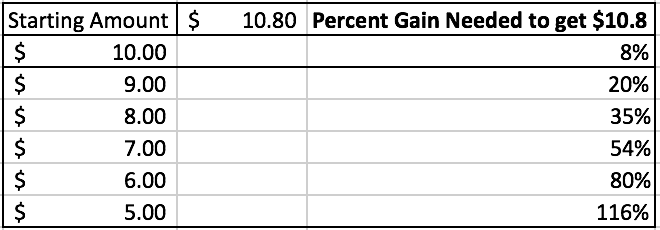
Warren Buffett is the most distinguished investor in existence today. Often ranking somewhere in the top 4 of the Forbes 100 list through a large ownership stake in the Berkshire Hathaway company, we can assume that he knows a thing or two about business. Within the book “The Essays of Warren Buffett: Lessons For Corporate America“, we receive a first-hand account of the way Warren Buffett perceives the responsibilities of corporate management. Buffett presents as a remarkably lucid investor and businessman. He frequently offer rational, yet strangely simple insights into how a business should be run. Below are the most interesting arguments I have found within the book:
#1: Management’s first priority is to the company’s shareholders.
The actual owners of the company are the shareholders. Management is entrusted to execute business plans that create more value by the owners. If management is recklessly wasting resources, they are a detriment to the company. Management should be held accountable for achieving business results. If they are unable to effectively operate with the hand they’re dealt, they should be removed. The best companies to invest in, are the ones with managers who have this priority in mind.
#2: Franchise value is what really counts.
While achieving business results are important, they should not come at the cost of franchise value. For example, you can raise the prices of your product or service by 20% this year and enjoy momentarily increased profits. It will look good on paper but by doing so, you could harm your brand’s value and destroy good relations you may have with any of your customer base. Some people might leave and never come back. They might tell their friends and family not to associate with your business. It’s a huge mistake to sacrifice your long-term brand to achieve short-term objectives. The reputation of the business is important to maintain.
#3: Bigger doesn’t mean better.
Just because a company has consistently increasing revenues, doesn’t mean that it’s a great company. If the business’s cost structure grows at the same rate that revenues do, then the company itself is never creating true growth. While increased revenues for a company might look good for the managers who can claim they have increased sales by x%, the more holistic look would be to check how operating profits have changed for the better.
If a company has a great business segment that is operating efficiently, management may also deal with a ‘corporate imperative’ to rationalize a dive into a new venture with their net profits. It would be very easy to create a rationale on how a new project will add value to the company but Buffett’s take is that the claims are often larger than the reality. Managers should critically evaluate the extent that new business projects will create true additional value for the company. If there are simple alternatives such as share buybacks or even distributing dividends, these actions would be preferable to speculative, ego-driven projects.
#4: Be discerning of who you associate with.
Having someone who is merely smart on your team is not enough. There are plenty of intelligent people out there. It is much more rare to find an intelligent person who is energetic and ethical. According to Buffett, if someone isn’t ethical, you may as well forget about intelligent or energetic. If you’re going to work with someone, you should make sure their first concern is doing the right thing, otherwise you run the risk of them making poor decisions on your behalf. Finally, life itself is enhanced along with the quality of our business matters when working with people we admire, like and trust.
#5: Focus on business economics, not business accounting.
Many managers become understandably focused with the “bottom-line” results of the work that they complete. Some executives may engage in accounting schemes to cover up their business mishaps.For example, selling a profitable business unit to maintain the image that a company is continually bringing in profits every quarter, even at the cost of long-term potential is a terrible move. Some executives may shy away from decisions that would look poor on paper but great in reality. If a company is losing money and requires more cash to make the appropriate investments into itself, keeping a high dividend rate for historical reasons makes no sense. The real focus should not be on how the business’s numbers would look on paper but on how the business is doing in reality. That type of focus will lead to profitable long-term results.
#6: Master your emotions.
This was a strong lesson implicitly resonating throughout the book. Buffett shows that its not just intelligence that matters for investors and business people but our ability to control emotions is a huge factor in our success. Greed can cause executives to overstate business success rather than showing reality. Fear can cause people to take actions that harms the business brand, employee morale, etc. If we can’t get past the discomfort of going against the crowd, then we can fall into group-think and make the same blunders that other people make. Our ability to think rationally and not let our pride get in the way is of the utmost importance. If we are unable to effectively control our emotions, we are bound for radical errors.




